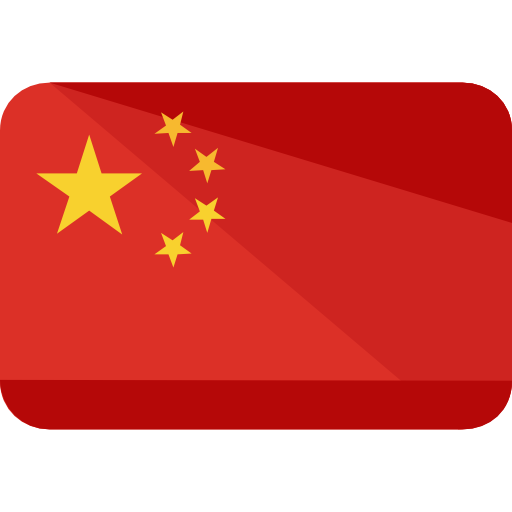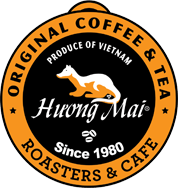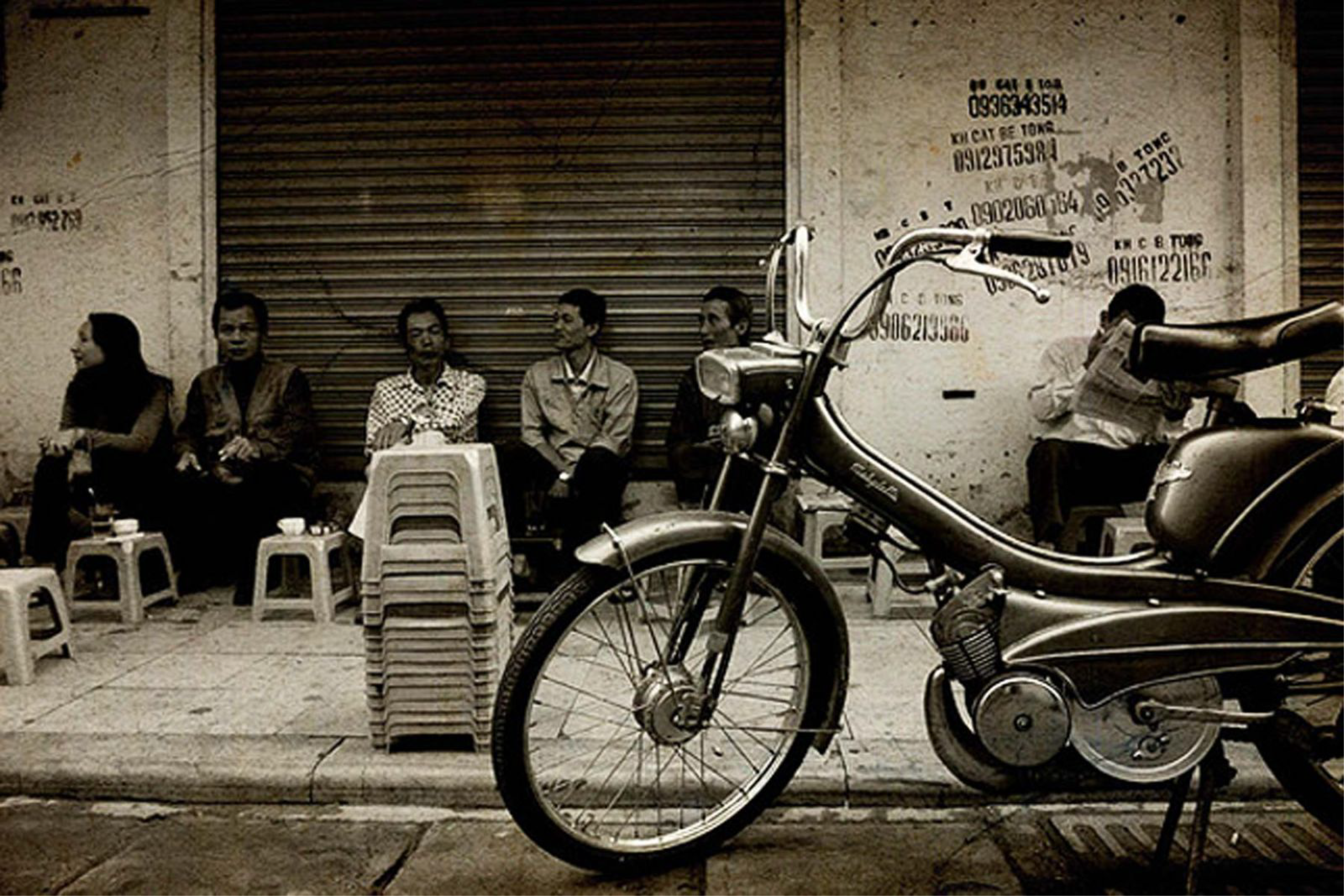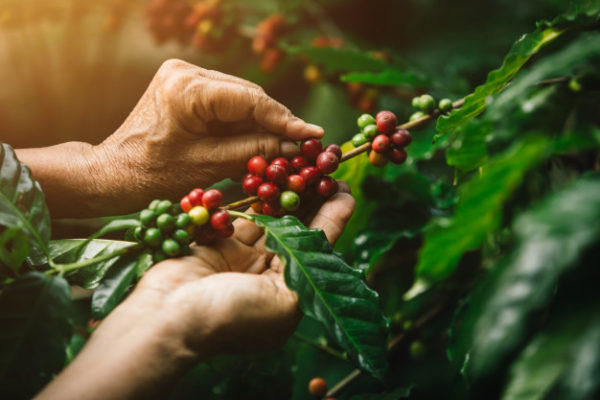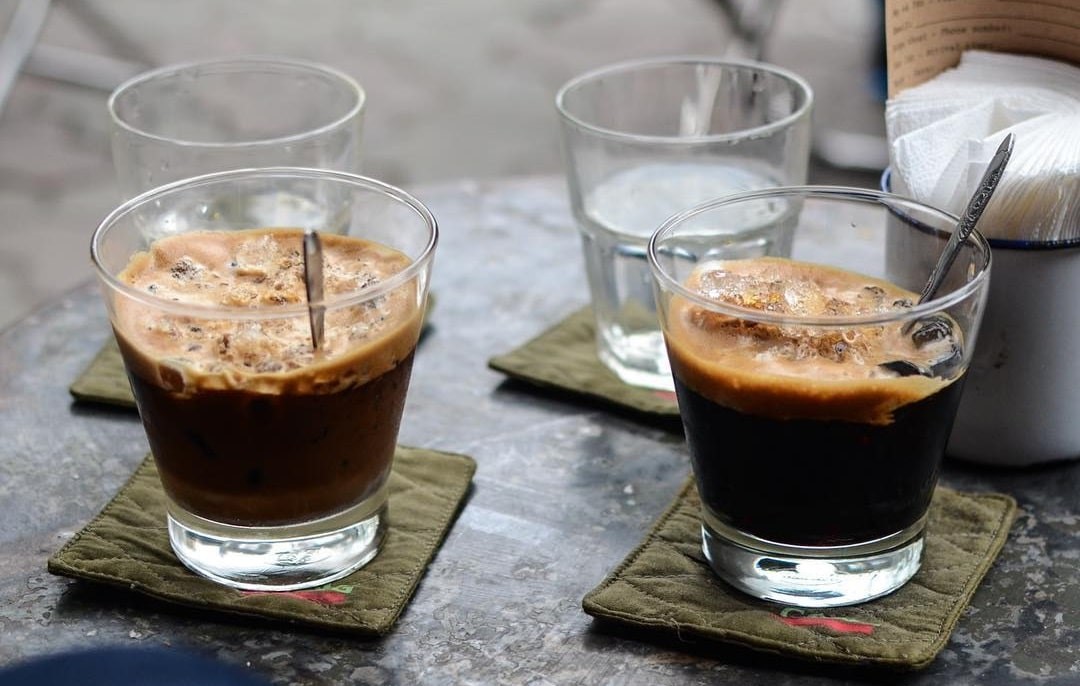What is traditional coffee? How to distinguish.
What is traditional coffee? How to distinguish.
What is traditional coffee?
You may have heard a lot of coffee concepts, so what is a traditional coffee concept?
In the coffee industry in Vietnam, the concepts of coffee products are relative, not based on any standard or regulation for reference, sometimes the same concept, but with many different meanings. The way of understanding is different, because each person's way of receiving knowledge is not the same.
In Vietnam, when it comes to traditional coffee, people default to understand that it is pure roasted coffee in the style of standard Vietnamese coffee, prepared in a traditional filter style. However, some people mistakenly believe that traditional coffee is coffee mixed with beans, corn, caramel, etc., roasted and the finished product is drops of solid black coffee, Huongmai insists that is an incorrect understanding corpse. Types of coffee mixed with other ingredients and creating aromas ... are simply and accurately called "dirty coffee".

So how to distinguish clean coffee and dirty coffee?
The first feature when it comes to pure roasted coffee, the traditional taste - the taste of every home - is the extremely characteristic bold - bitter - strong flavor and the proportion of Robusta coffee always accounts for a high percentage of ingredients or completeness 100% Robusta beans.
Below, Huongmai will point out some salient features in the process of forming standard, traditional roasted coffee products:
+ Green coffee: usually it will be Robusta coffee that is dried under natural sunlight by dry processing method. This is the most popular method, most applied in Vietnam, creating a full, strong coffee flavor and especially, almost completely eliminating the inherent sour taste of coffee beans. Therefore, it is often difficult to recognize the sour taste of traditional coffee when enjoying.

• Advantages: The highlight of this method is the maximum cost savings, the coffee taste depends on the weather, if it is "sunny", the coffee taste will be perfect.
• Disadvantages: coffee is not graded, farmers harvest but do not have a selection and then bring it to dry, so the percentage of young seeds, diseased seeds, branches, and leaves... and other factors affect quality of coffee beans. To overcome this situation, after drying, the beans and beans undergo a selection process to filter out the best quality coffee beans. In the rainy season or when the weather is not sunny enough, it will take a long time to brew, and this is also one of the factors that cause our coffee beans to decline in quality.
+ Degree of roasting: Traditional pure coffee is roasted at a dark level, there are even roasting establishments roasting coffee beans to a deep black color, with an almost burnt smell, appearing with a lot of smoke, dark roasting help coffee have a strong bitter taste, resulting in a cup of dark brown water and eliminate all sour taste.

+ Butter, salt (optional): It sounds ridiculous, but actually buttering will help your coffee beans be formed by an outer layer of oil, this stage makes coffee beans good flavor retention, long-lasting odor, creating a fatty aroma. This is also a step to help your coffee beans after grinding, the finished product has a "smooth" and easier to prepare. Salt helps coffee taste less bland, satisfying the "salty" taste of most Vietnamese. Butter and salt are considered the most basic spices in creating the typical flavor of traditional roasted coffee.
+ Preparation: usually, traditional roasted coffee will be prepared with a traditional Vietnamese filter. Referring to Vietnamese traditional coffee, it would be remiss not to mention iced milk coffee or iced black coffee.

In this article, Huongmai shared her knowledge of traditional coffee. Hope it will be useful to you in updating your coffee knowledge every day.

